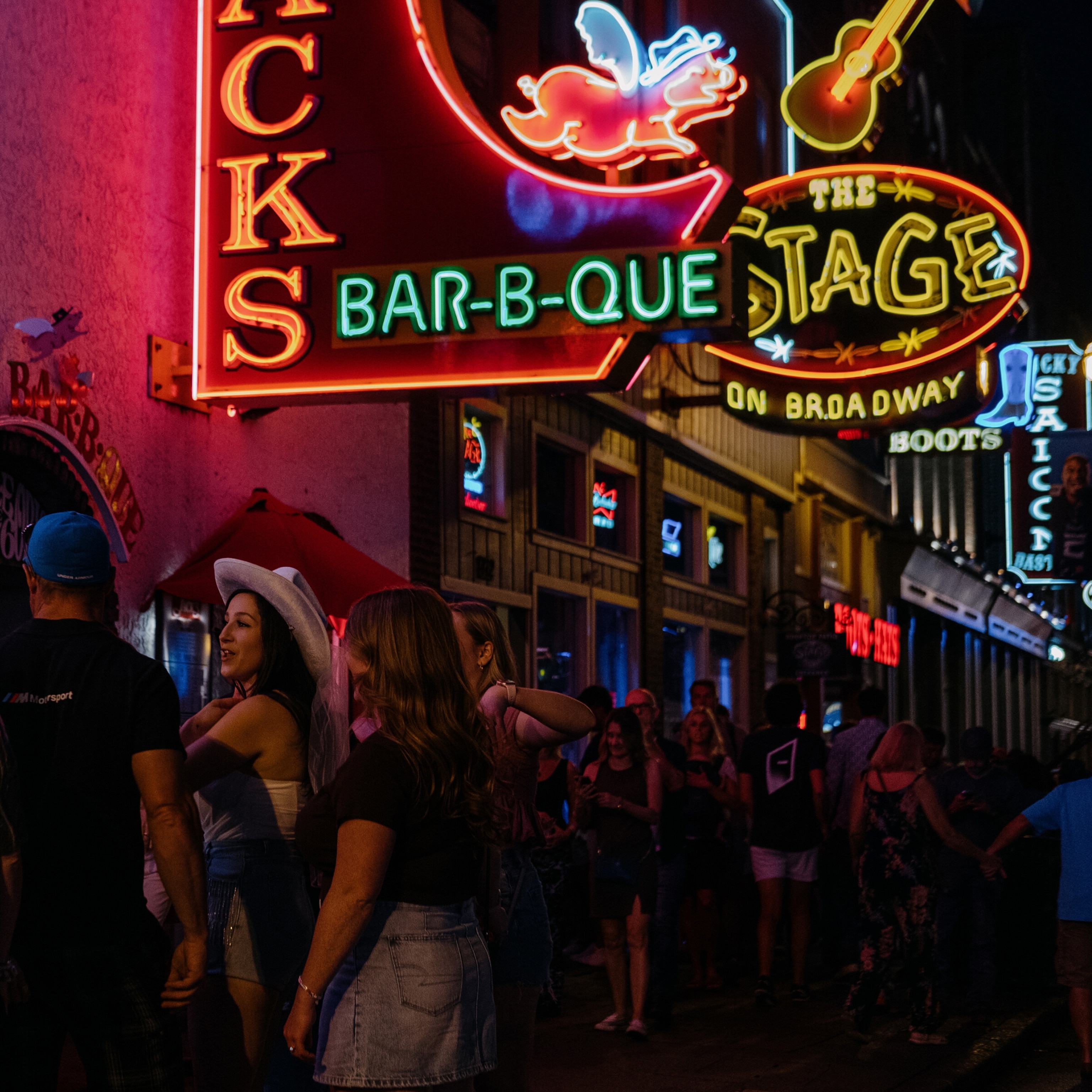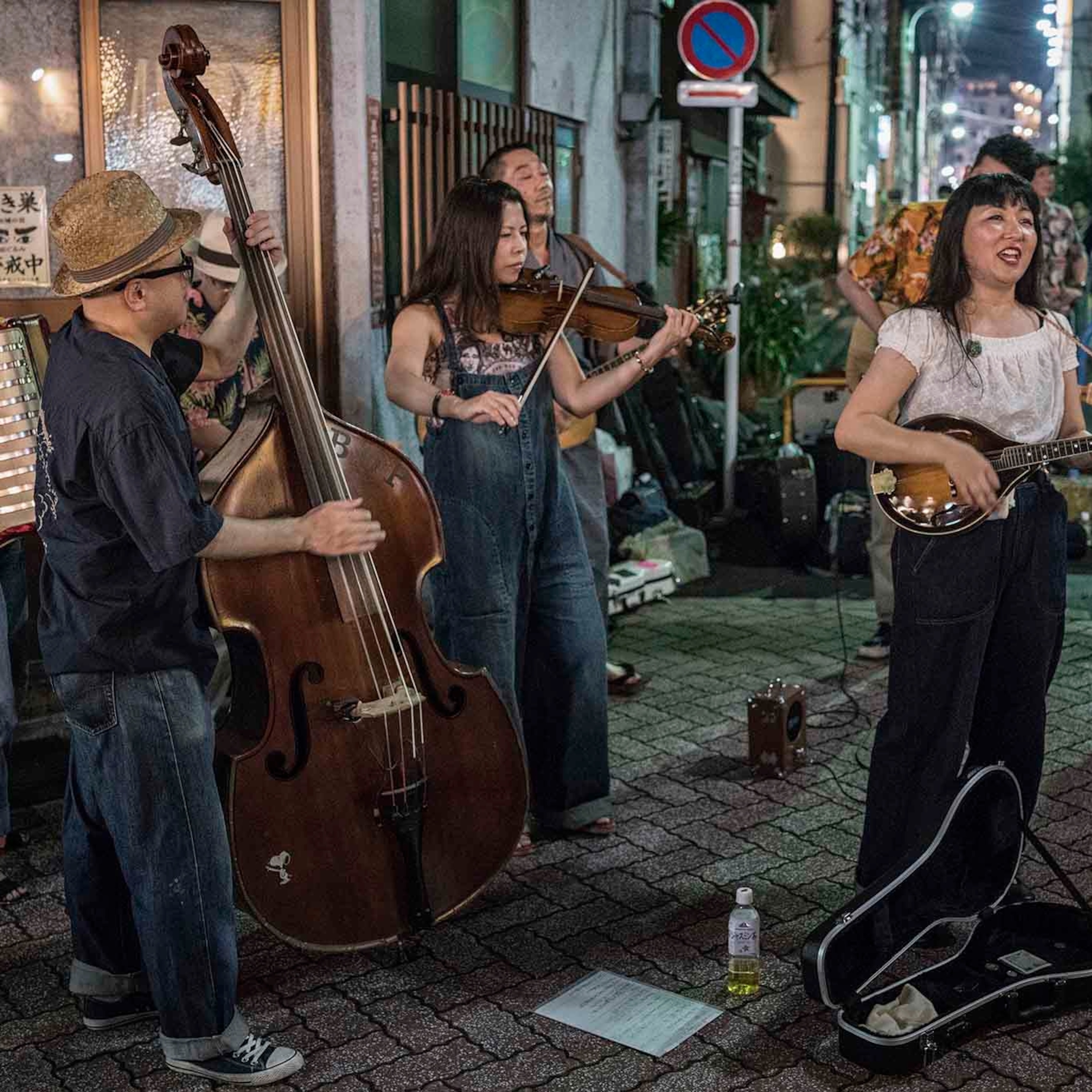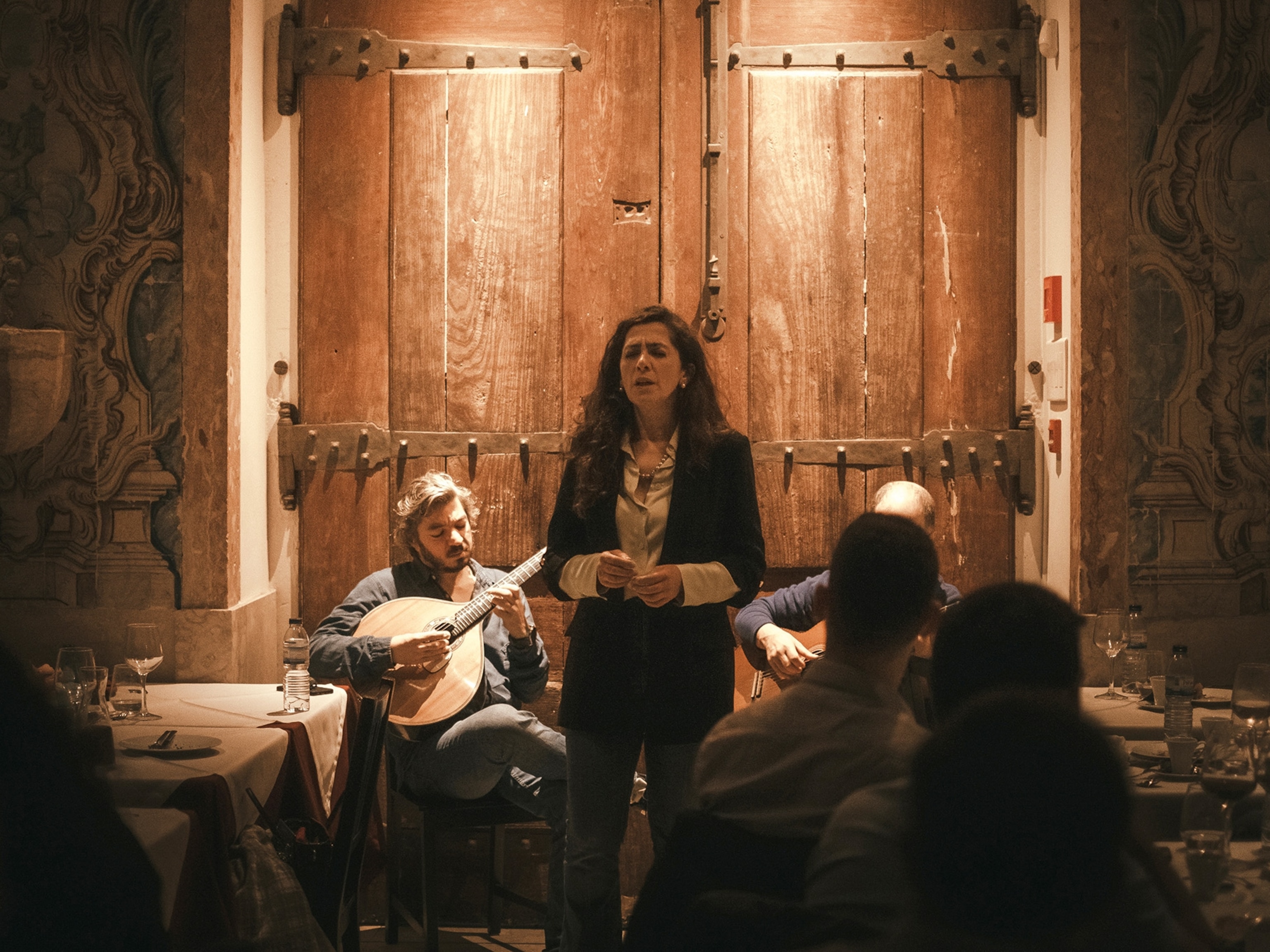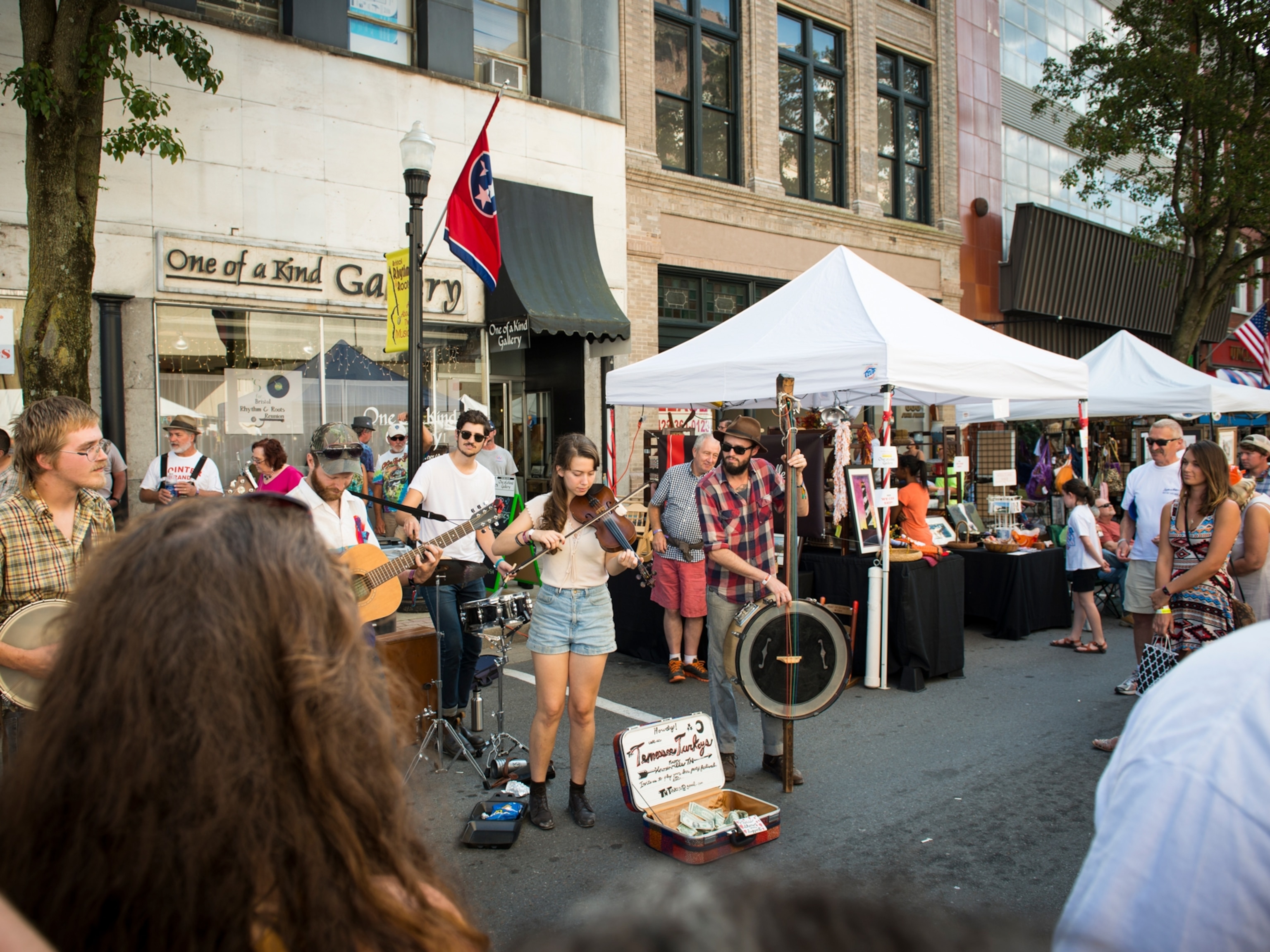
Reeling from COVID-19, Italy’s violin capital is rebounding with music
Known for its violin makers, Cremona is launching an academy for strings.
More than 450 years ago, Andrea Amati invented the modern violin in the Italian city of Cremona. For centuries, this has been the world’s hub of violin makers. Known as luthiers, these artisans are now helping drive a recovery in Cremona, which last year was decimated by Italy’s COVID-19 outbreak.
As the pandemic quieted Italy last year, sweet melodies kept floating through Cremona. Its luthiers were sequestered but not subdued. Violins created a melancholy soundscape for a hushed city. During strict lockdowns, these instruments were being produced and played in the studios of luthiers, with their sounds escaping into the deserted streets and piazzas of this ancient town.
Cremona is 2,200 years old. It has survived invasions, insurrections, and infections even deadlier than COVID. This is a city once governed, occupied, or pillaged by Romans, Lombards, Goths, Huns, Spaniards, and Austrians. Most recently, it has been the domain of luthiers. More than 150 violin makers reside in this small city of about 70,000 people, some 43 miles southeast of Milan in the Lombardy region of northern Italy.
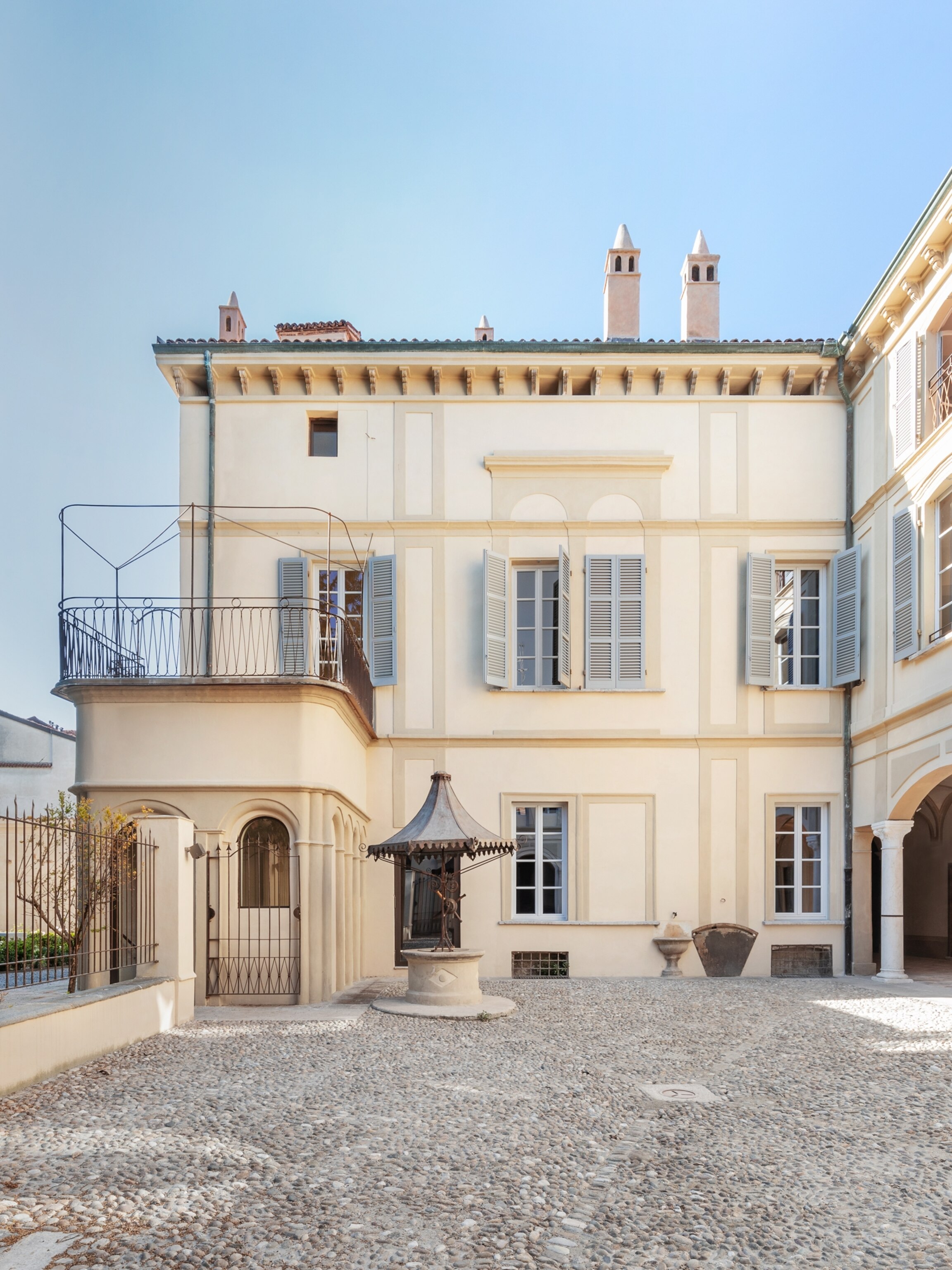
When COVID lobbed into Europe last year, Lombardy is where it detonated. One of the continent’s first coronavirus deaths occurred in Cremona, which quickly became among the worst affected cities on the planet. Millions of people around the world saw disturbing footage of Cremona’s inundated hospitals, distraught medical workers, and overflowing morgues.
Now, however, Cremona is rebounding alongside its famous musical export. Italy may soon reinstate travel restrictions for Americans, but, for now, the country has reopened to vaccinated tourists from many countries. They come to admire Cremona’s graceful churches, gorge on its Gran Bollito Cremonese meat platters, and climb the country’s tallest clock tower, the 367-foot Torrazzo of Cremona.
Meanwhile, Cremona’s violin community is recovering, thanks to the September 24 return of the city’s music fair, and the upcoming October launch of a large academy dedicated to stringed instruments. Staffed by world-renowned musicians, the Stauffer Center for Strings will train talented violin, viola, cello, and double bass players. Some of these gifted students may even get to wield instruments crafted in Cremona during its long pandemic lockdown.
The legacy of Stradivari
One such persistent craftsperson was Fernando Lima. At the height of Cremona’s outbreak, the 59-year-old luthier originally from Portugal couldn’t leave his home, embrace relatives, or savor sustained sunlight. But he could shave slivers of maple wood from the body of a violin until it presented perfectly and performed precisely.
When I visited his workshop pre-pandemic, he told me that meticulously shaping a violin put him in an almost meditative state. More recently, he described how that therapeutic aspect of his craft shepherded him through the bleakest days of the pandemic.
(Learn how Italian luthiers perfected violin-making in the 16th and 17th centuries.)
“It was a frightening moment, ambulance sounds all day long,” Lima says. “I could hear them inside my shop. I came to work every day and stayed the whole day in the shop, just went home to sleep. But I used this opportunity to research my art, to try things that in other moments I couldn’t, and it was profitable.”
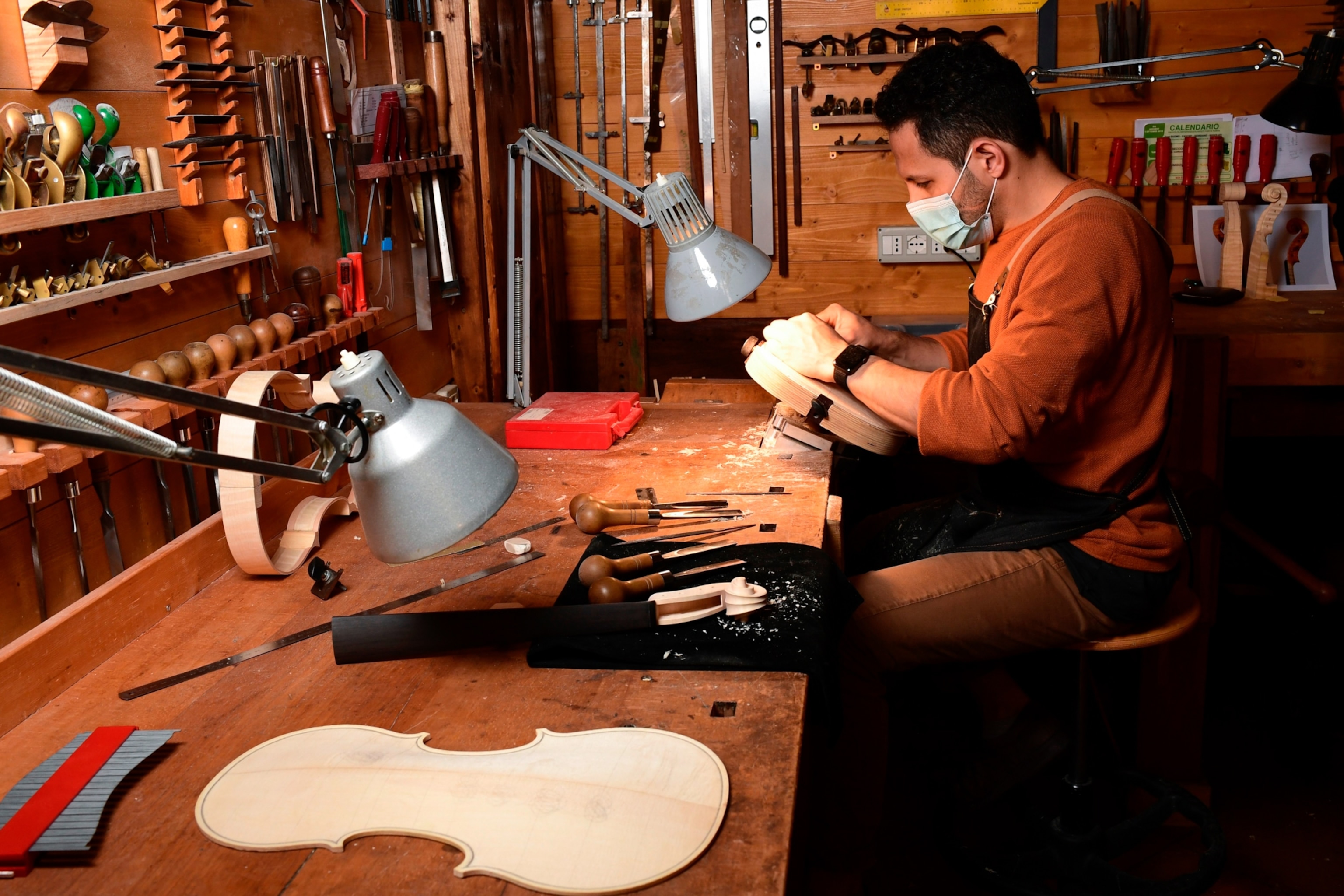
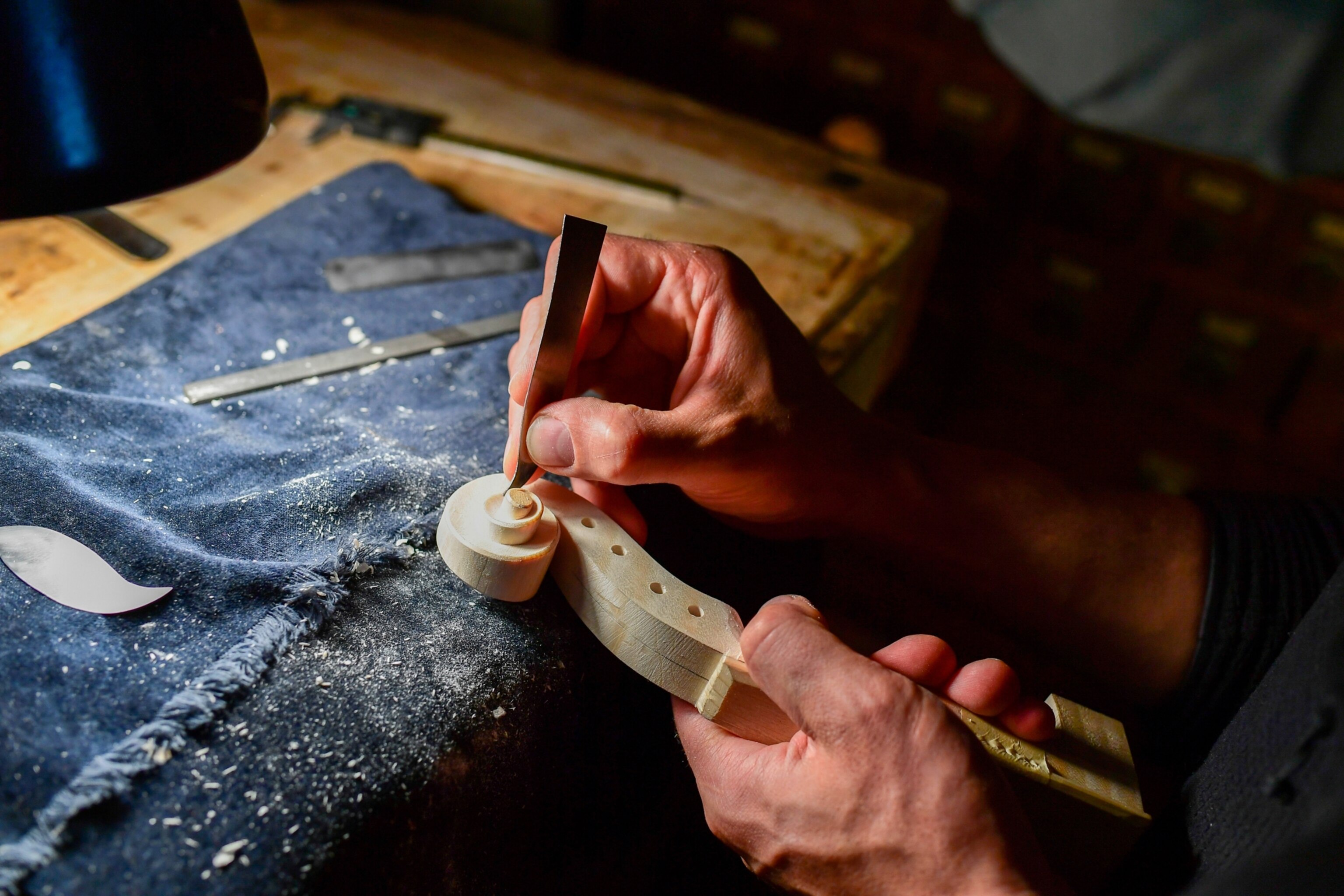

Lima has lived in Cremona for 16 years, and was trained at the city’s Antonio Stradivari School of Violin Making. It was Stradivari who helped earn Cremona its stringed renown. If Amati is the father of the violin, Stradivari is its master. No luthier ever refined the tone of this instrument quite like Stradivari, who was born in Cremona in 1644, died there 93 years later, and, in between, created more than a thousand exquisite violins, some of which have sold for up to $16 million.
A new music school
Fortunately, visitors to Cremona need not be wealthy to see or listen to one of Stradivari’s masterpieces. Facing the tree-lined Piazza Marconi, the city’s impressive Violin Museum displays instruments crafted by Stradivari and has an auditorium where soloists regularly play his violins.
The museum showcases the collections of the Municipality of Cremona and the Walter Stauffer Foundation. It is this latter organization that is aiding Cremona’s recovery by opening the Stauffer Center for Strings on October 1. The center’s director, Paolo Petrocelli, says all its programs would be provided to students for free, via full scholarships, as part of its aim to safeguard the future of Cremona’s musical heritage.
(Here’s how to explore some of the world’s most musical cities.)
Despite how Cremona had been ravaged by the pandemic, he says the foundation never considered building the center elsewhere. “This is where we belong,” Petrocelli says. He was referring to both the city and the center’s home, the regal Palazzo Stradiotti, a restored 17th-century mansion.
While the Stauffer Center is preparing to launch, some of Cremona’s established luthier schools are fortunate to still be in operation. When I visited the city pre-pandemic, Academia Cremonensis brimmed with eager violin-making students from across Europe, Asia, and the Americas. Its co-founder, Massimo Lucchi, gave me a tour of its large campus as he excitedly explained their plans for expansion. This month, Lucchi told me his school had only narrowly survived the pandemic.
The school’s income had plummeted due to many students’ inability to travel to Cremona. But it had remained open through most of the pandemic so that its foreign pupils were not stranded, alone in their apartments. “It was nice to see our students from all over the world helping each other and creating a small community in a deserted and ghostly Cremona,” Lucchi says.
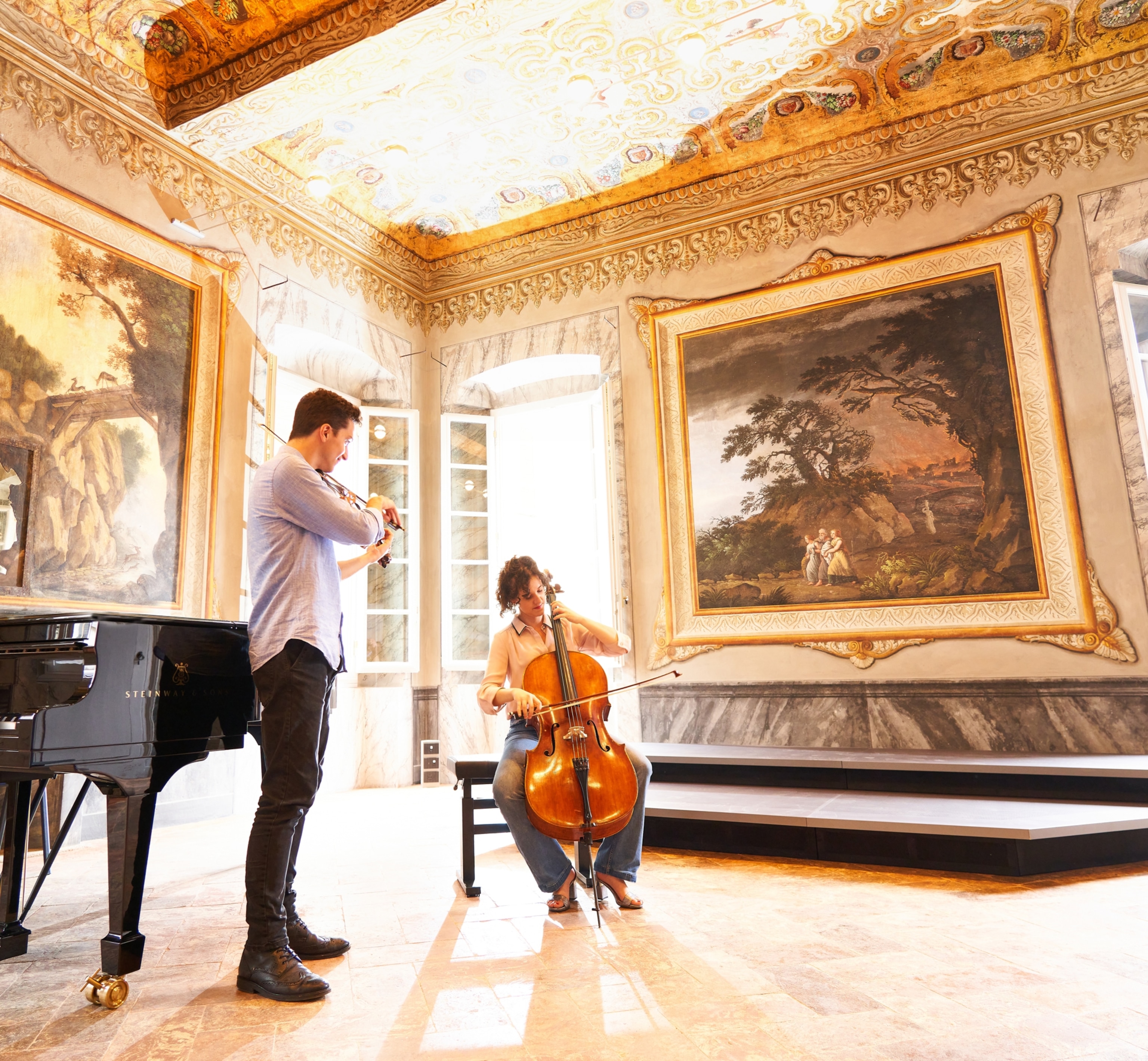
Other members of the city’s violin scene were not as lucky. Lucchi says he’d received distressing phone calls from unemployed violinists asking him to sell their treasured instruments so they could support their families. Such stories of despair had weighed on Lucchi’s soul as he spent countless days constructing violins while the pandemic churned like a hurricane outside his door.
With COVID-19 vaccinations on the rise in Italy, the spirits of the Cremonese people are lifting too. Residents were ecstatic to see tourists once again wandering the city’s streets, Lucchi says.
(See musical instruments being made at these workshops around the world.)
In September the annual Cremona Musica fair will make its comeback. Held from September 24-26 at the Cremona Exhibition Centre, this event allows luthiers to showcase their instruments to buyers and musicians from all over the globe. Last year, it had to be conducted online and few sales were made, Lucchi says.
This year, Lucchi says the city’s violin community is excited yet anxious about this event. “We are all waiting to see if the world still needs Cremona and its violins.”
Ronan O’Connell is an Australian freelance journalist and photographer based between Ireland and Thailand.
